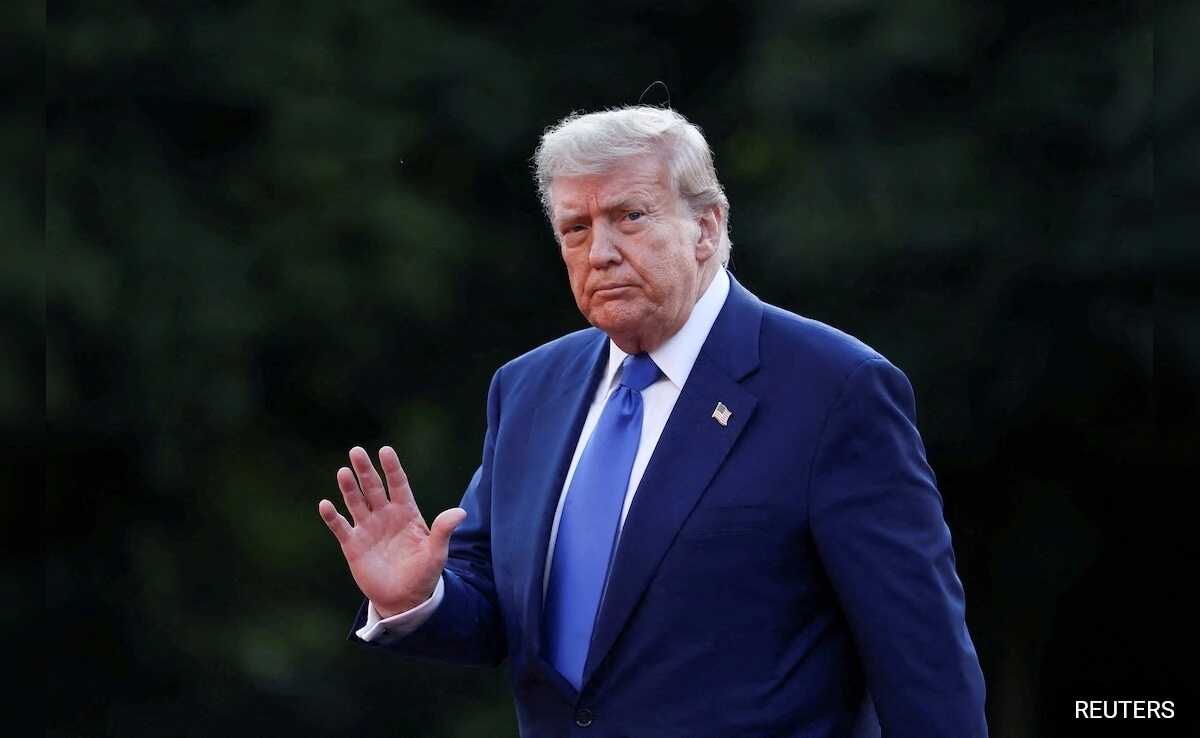The Trump administration is taking significant steps to investigate the presence and impact of foreign students at American universities, with Harvard University being a primary target for scrutiny. This initiative involves a subpoena that aims to gather detailed information about the enrollment and activities of foreign students at the prestigious institution. The administration’s push appears to be rooted in broader concerns regarding national security and the potential influence of foreign entities within the educational system. By focusing on Harvard, the administration is not only seeking transparency but also attempting to understand how foreign individuals may be contributing to or benefiting from academic programs in the United States.
The implications of this subpoena extend beyond just Harvard. The administration’s actions reflect a growing trend of increased regulation and oversight regarding foreign influence in U.S. education. This move raises questions about the broader impacts on international student enrollment, which has traditionally been a significant source of revenue for universities. Many institutions rely on foreign tuition as a critical component of their financial health. A crackdown on foreign students may deter prospective applicants, which could lead to a decline in diversity within academic environments and affect the global reputation of U.S. universities.
Moreover, this investigation may foster a climate of suspicion towards foreign students and scholars, potentially undermining the collaborative spirit that has historically characterized academic research and partnerships. Many universities, including Harvard, pride themselves on their commitment to inclusivity and global engagement. The administration’s actions could challenge these values, leading to a potential rift between governmental policies and institutional missions. The outcome of this subpoena may set a precedent for how foreign students are treated in the U.S. educational system moving forward, impacting not only the students themselves but also the academic institutions that host them. As the situation evolves, it remains to be seen how universities will respond to these regulatory challenges and what long-term effects they will have on the landscape of higher education in America.




